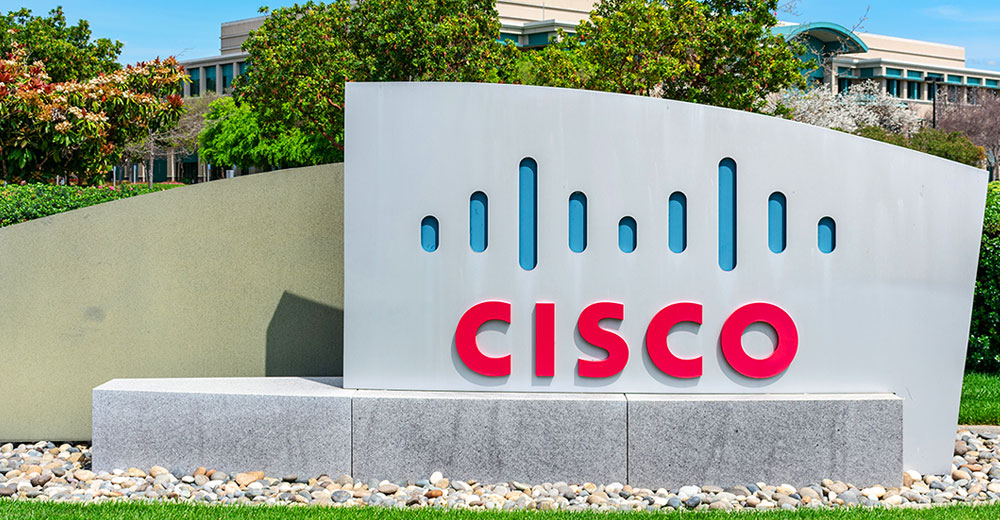
Not all trains run on time, but the Eclipse Foundation has kept to its schedule with its annual release train, this year named “Ganymede.”
For the third year in a row, the Eclipse community has delivered, on the same day as in previous years, numerous software updates across a wide range of projects.
This year’s iteration includes software that spans 23 projects and represents over 18 million lines of code. Highlights of the release include the new p2 provisioning platform, new Equinox security features, new Ecore modeling tools, and support for service-oriented architecture (SOA).
Next Level: The Cloud
Now that the Eclipse Foundation has proven its mettle with delivery of consistent and complete packages of downloads — now’s the time to take this puppy to the cloud. I’d like to see more integration between Eclipse products and cloud-based development, integration and deployment services. And I’m not alone on these wants, no siree.
Amazon Web Services has proven the demand and acceptance. A modern IDE (integrated development environment) needs the cloud hand-offs and test and real-world performance proofing that cloud and platform as a service (PaaS) are now offering. How about a hybrid model where the IDE remains local but more application lifecycle management and test and debug features comes as services?
How about integration between such a hybrid model and then associated ease to choose among a variety of cloud deployment partners and models? Build, test and deploy across many providers and models, all close in the bosom of Eclipse. All supported by the community. We could call it Eclipse Cloud Services (ECS). I’m in.
SOA Support
Well, until IBM figures that out, here are the latest and greatest on earth-bound Eclipse. Key features of the release for SOA support include the following:
- SCA Designer, which provides a graphical interface for developers who wish to create composite applications using the SCA 1.0 standard.
- Policy Editor, a collection of editors and validators that makes it easy for developers to construct and manipulate XML expressions that conform to the WS-Policy W3C standard.
- Business process modeling notation (BPMN) Editor that allows consumers to construct and extend the BPMN 1.1 standard notation to illustrate business processes.
For Equinox and runtime projects:
- A new provisioning system, called “p2,” makes it easier for Eclipse users to install and update Eclipse.
- New security features, including a preferences-like storage for sensitive data such as passwords and login credentials and the ability to easily use the Java authentication service (JAAS) in Equinox.
- Rich Ajax Platform (RAP) 1.1, with new features, including the ability to customize the look and feel with Presentation Factories and CSS and the ability to store application state information on a per user basis.
- The Eclipse Communication Framework (ECF), with real-time shared editing and other communications features to allow developers to communicate and collaborate from within Eclipse.
Developer tools include:
- A new JavaScript IDE, called “JSDT,” provides the same level of support for JavaScript as the JDT provides for Java. New features include code completion, quick fix, formatting and validation.
- The Business Intelligence Reporting Tools (BIRT) project now provides an improved JavaScript editor and a new JavaScript debugger for debugging report event handlers.
- DTP has added a new graphical SQL query editor, called the “SQL Query Builder,” and improved usability of connection profile creation and management for users and adopters/extenders.
More information on all of the new the features can be found at the Ganymede Web site.
The idea behind the yearly release train, according to the Eclipse Foundation, is to provide predictability and reliability for developers in an effort to promote commercial adoption of the Eclipse community’s projects.
ZDNet blogger Ed Burnette details how Eclipse maneuvered pieces of the new release out to mirror sites in an attempt to avoid the type of logjam created when the new Firefox went live recently. Apparently, it was only partly successful, although, according to Ed, things have since smoothed out.
Ganymede, named after one of the moons of Jupiter, eclipsed the previous releases, names Callisto and Europa, also moons of Jupiter. Last year’s release train encompassed 21 projects, and Europa, the 2006 release, included only 10.
Ganymede is available for download, in one of seven packages, on the Eclipse Web site.















































Cloud Services (http://www.service-cloud.com) delivers Eclipse extensions, that help developers to use Amazon Web Services. At the moment beta of basic version of Cloud Studio is released. Cloud Studio is a free software, and there a chances that it will be turned to open source, one day.
Right now we are working on tool and run-time that will allow smooth deployment of OSGi bundles to Amazon EC2 based instances.
Interesting, but it seems to me this should be two articles, one a review/introduction to the new features, and one a "wish list". It’s a bit much to say "we didn’t get this, but we got that".